
Diverticulitis is in inflammatory disease of the digestive tract, affecting primarily the colon. It develops from diverticulosis, a condition characterized by formation of abnormal pouch-like growths, called diverticula, on the intestinal walls, which, if they become inflamed, cause diverticulitis.
Causes and symptoms of acute diverticulitis
It is not completely clear what causes diverticulitis or what causes formation of diverticula in the first place. It is, however, believed that the inflammation occurs when undigested food particles and fecal matter collect between diverticula or in one diverticulum, causing obstruction, distension of diverticula and overgrowth of the bacteria that are usually present in the colon.
Diverticula can be present in the colon without becoming inflamed or problematic. That condition is called asymptomatic diverticulosis. People who have it may never suffer from diverticulitis or inflammation. However, it seems that the risk of inflammation is increased in people with large number of diverticula in their colon.
Symptoms of acute diverticulitis include pain in the lower left part of the abdomen, fever, nausea, diarrhea or constipation. Laboratory tests often show elevated number of white blood cells or leukocytes.
The symptoms usually start as mild tenderness or dull ache in the lower left abdomen and the pain progressively becomes sharper and more severe, accompanied by nausea, vomiting and fever.
Treatment for acute diverticulitis
Acute uncomplicated diverticulitis can be successfully treated in 70 to 100% cases, using conservative approach. Mild diverticulitis can be treated in an out-patient procedure, without hospitalizing the patient. Such treatment usually consists of liquid-only diet and administration of broad-spectrum antibiotics. The typical oral antibiotic regimen consists of the combination of Ciprofloxacin and metronidazole. The diet, which initially should be liquid-only, can gradually go back to normal as soon as the symptoms start to subside, which usually happens two or three days into the antibiotic regimen.
Hospitalization is required for patients who have severe diverticulitis, whose immune system is impaired or have other diseases along with diverticulitis. It is also required for those who still exhibit sever symptoms even after two or three days of oral antibiotic regimen and liquid diet. Those patients will be put on intravenous fluids and antimicrobial therapy that is more focused and intensive than broad-spectrum oral antibiotic treatment. In most cases, fever, pain and nausea begin to subside in a couple of days in the hospital.
If the condition does not improve after three days in the hospital, a CT scan may be performed to check for complications such as abdominal abscess. Peridiverticular abscess is usually solved in a procedure called percutaneous drainage.



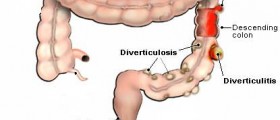

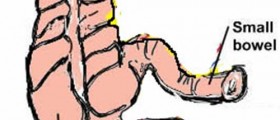
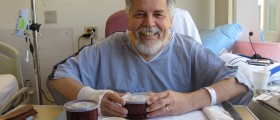


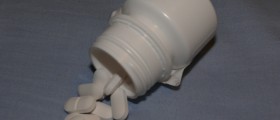
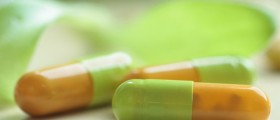

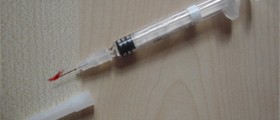


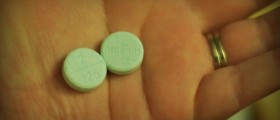

Your thoughts on this
Loading...